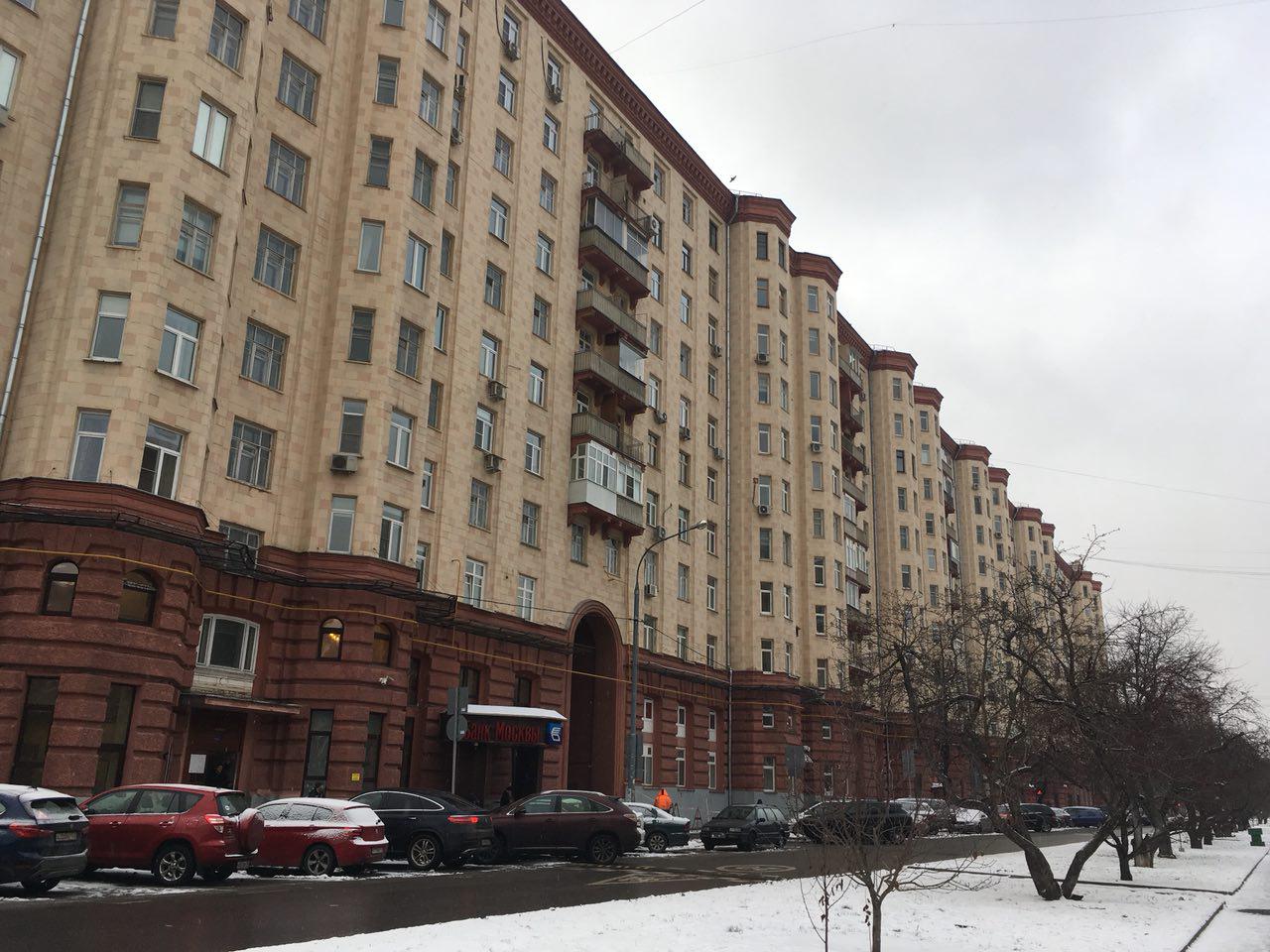The paper focuses on residential strategies and patterns of highly skilled migrants from Western countries in Moscow. During recent decades, transnational migration of highly skilled workers has grown and diversified; as a consequence, residential practices and socio-spatial behaviour of this kind of migrants (the so-called ‘expatriates’) in the destination city diversified as well.
The spatial impact of highly skilled migrants on the destination city, however, is still rather underexplored (e.g., the analysis is limited to the upper strata of expatriates). The present paper fills this gap by focusing on the ‘middling’ group of highly skilled transnational migrants in Moscow.
The research questions the view that expatriates tend towards socio-spatial clustering and homogenization, which are both commonly associated with the rise of transnational residential compounds. We argue that, on the contrary, the housing pattern of expatriates in Moscow has a multi-faceted spatial structure and is embedded in a heterolocal model of socio-spatial behaviour. The pulling factors of expatriate residential choices are similar to those choices of local people, while some elements—typically used to explain expatriate spatial preferences (e.g., localization of international schools or jobs)—are inconsequential. This dispersed and variegated settlement pattern seems to be linked to the ‘middling’ and increasingly heterogeneous nature of transnational migration and the cultural differences determining the host-home context divide.

